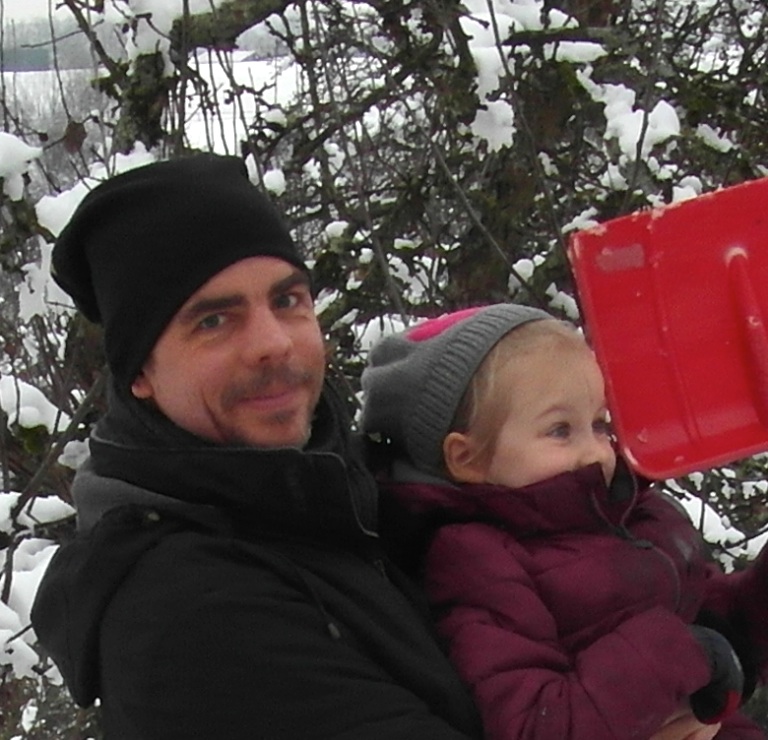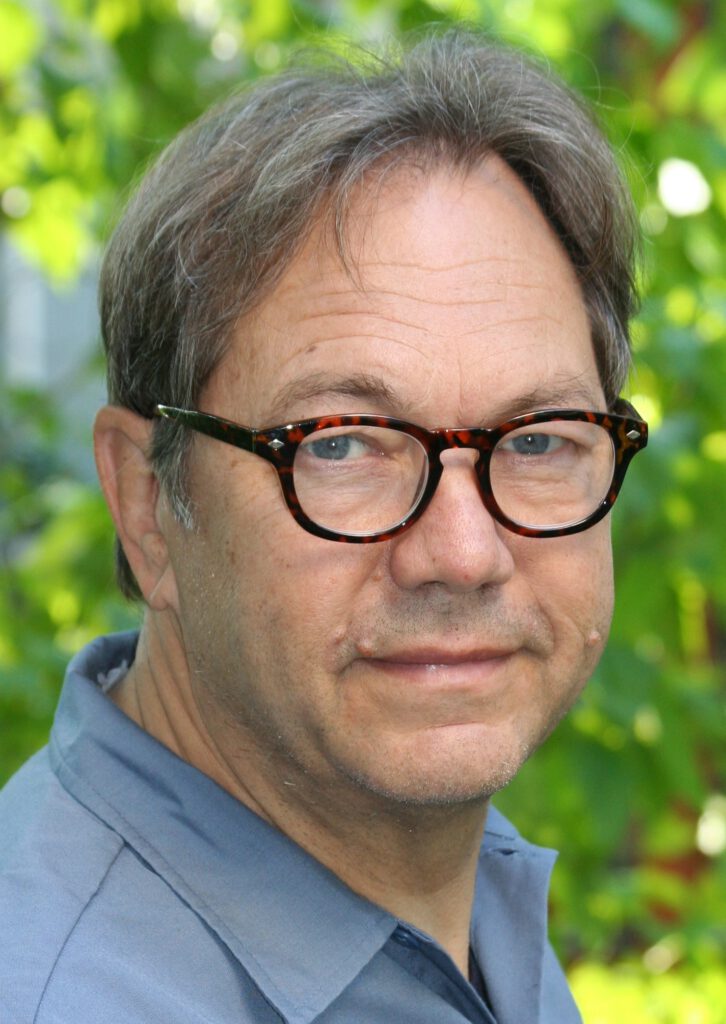Lecturer: Jens-Steffen Scherer
Fields: All
Content
As scientists, we are used to communicating our research to colleagues, especially via journal articles. However, living in times of fake news, alternative facts, and conspiracy theories, it is more and more expected from researchers to also engage in public debates and to explain their science to laypersons – the current pandemic, the role of AI, climate change, or genetic engineering just being some examples.
Therefore, this interactive online workshop tries to cover the essentials of both, internal and external science communication (SciComm), ideally serving as a starting point for participants to engage in SciComm themselves.
In chapter one we will lay the foundations: What exactly is science communication?, Who are the key actors?, Should we as scientists bother? and, if yes, how do we communicate successfully? While answering these questions, we will find our core message, think about our audience, and encounter different formats of SciComm, two of which we will dive deeper into in the following chapters.
Chapter two focuses on blogging as a representative format of external science communication. You will learn how to use the content management system WordPress for creating your own blog!
Finally, we will dedicate ourselves to scientific posters as an important format of internal SciComm. Again, you will learn how to design and present posters and apply these skills to your own research question.
Technical hints:
This workshop runs in Stud.IP, the learning environment of the University of Oldenburg. Access to Stud.IP will be given individually via guest logins. Participants can work on the workshop asynchronously and at their own pace, accompanied by a weekly question & feedback session.
This workshop is hot off the press and still developing, so feedback and suggestions on how to improve it are much appreciated.
This course will have a participation limit of 40 people. Registration will be made available during the event.
Literature
- No prior knowledge or literature required.
Lecturer

Jens-Steffen Scherer studied Psychology (B. Sc.) at the University of Mannheim and Neuroscience (M. Sc.) at the University of Oldenburg, where he is also currently pursuing his Ph.D. Using electrophysiology, he investigates plasticity mechanisms in the leech nervous system. Besides, Scherer works as a freelance moderator and science communicator, having experience with science slams, podcasting, blogging, and educational TV.
Affiliation: University of Oldenburg
Homepage: jenssteffenscherer.com










